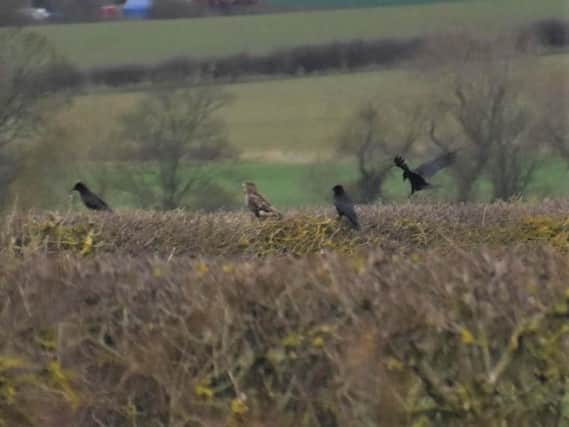Wildlife Column: Such a good year for birds of prey


Much of the success is down to a welcome collaboration between landowners, gamekeepers, and raptor workers during the COVID-19 period. This key report collates data on the nesting success of selected birds of prey in the Dark Peak and south-west Peak moors of the Peak District National Park. Some of the results are outstanding with peregrine falcons having their best year for a good while and six known nesting attempts successful with a record fourteen young fledged. Indeed, this was the first year, since the ‘Initiative’ began (in 2011), when all known nesting attempts fledged young successfully.
The previous maximum was three successful nests. Our largest hawk, the goshawk, has suffered in recent decades but they also had a successful season. They breed in woodlands mostly along the moorland edge, and seven of the nine known nests were successful with seventeen young. This was the second good year for Dark Peak goshawks. Our regional numbers of both these species peaked in the 1990s, and the Initiative has set targets of both populations recovering to those former levels.
Advertisement
Hide AdAdvertisement
Hide AdHowever, some other species such as merlin, a small falcon, still give cause for concern. On the Peak District moors this bird is close to the southern edge of its range and has declined from a peak of thirty-seven pairs in the 1990s to a stable population of around twenty pairs throughout the 2010s. Nevertheless, during 2019 the numbers fell further to around fourteen pairs with just a slight recovery in 2020. Interestingly, this beautiful small falcon is remarkably successful when it does breed with over fifty youngsters fledged in 2020. These juvenile birds leave the Peak are they mature but for some reason fail to return.
Moving away from the high moors, birds of prey are doing well this year with many readers seeing common buzzards and even red kites. Both sparrowhawks and peregrines are taking birds from suburban gardens.